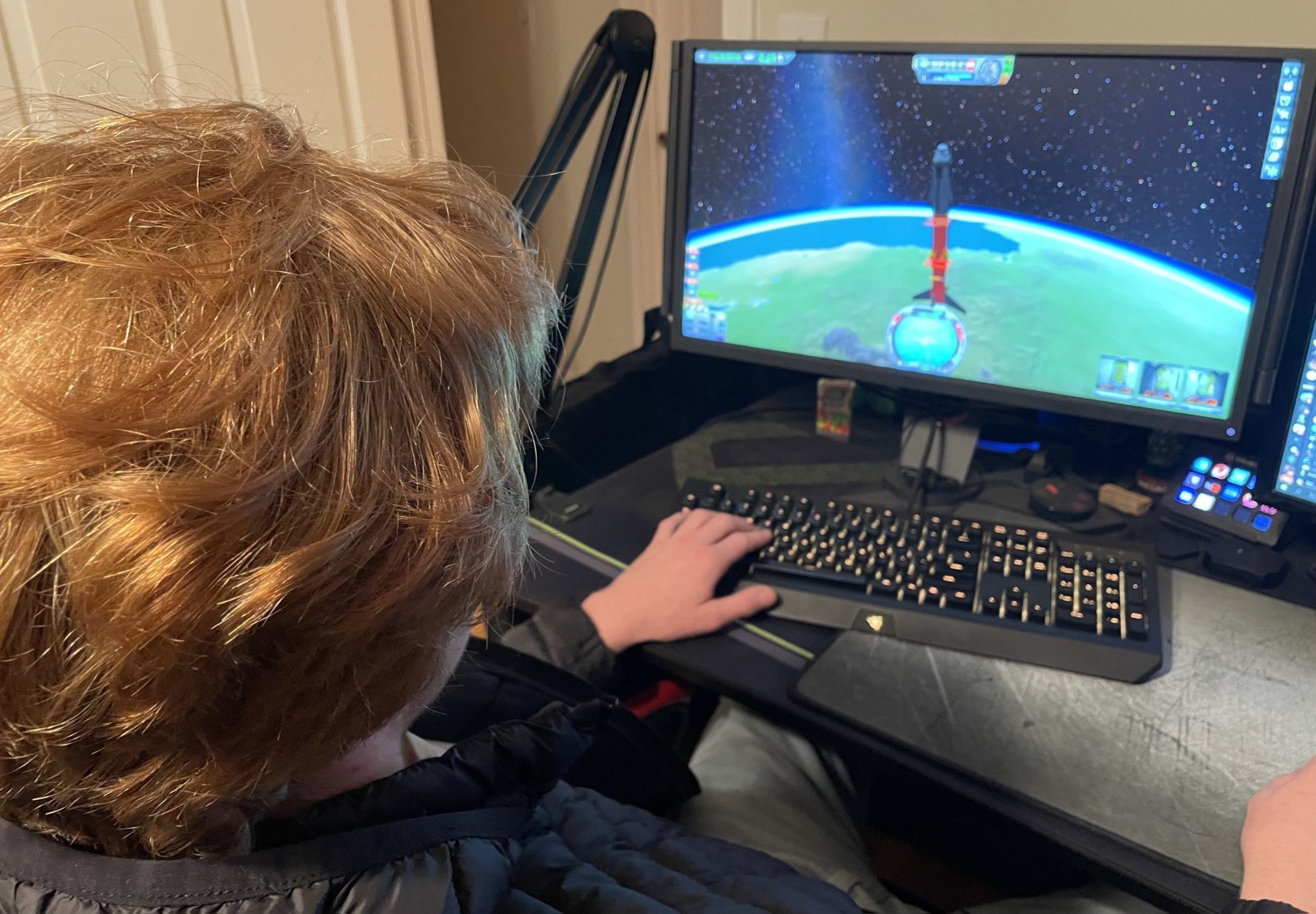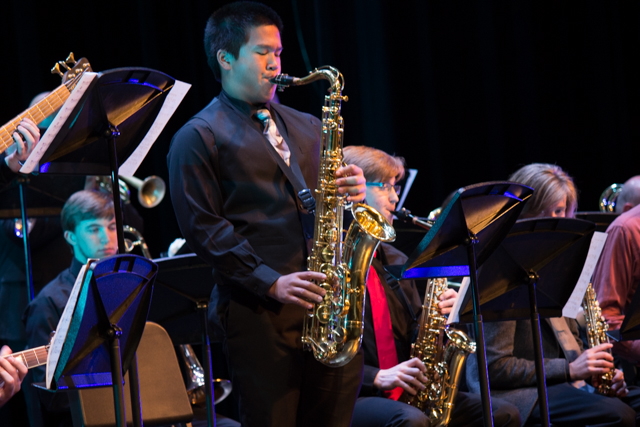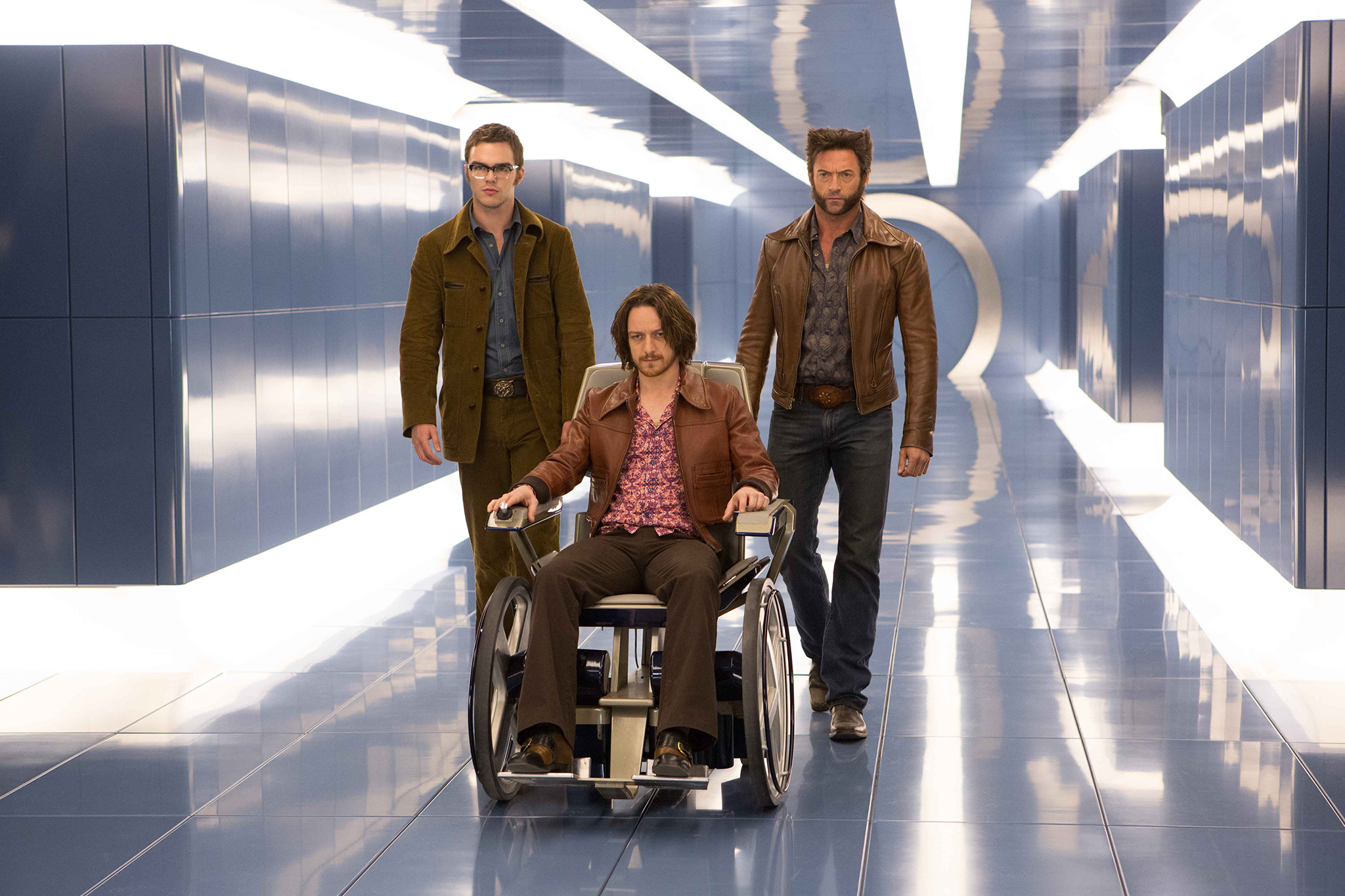It’s what you want from a space game. Rockets. Explosions. Tiny green aliens.
And a physics engine that simulates space travel so well NASA uses it.
Coming Feb. 24 is Kerbal Space Program 2, or KSP, an adventurous space game where players can freely experiment with physics. The series has scientific foundations, despite its more science fiction elements, and has been used in college physics classes as a learning tool.
The original KSP simulated physics mirroring real-life orbital maneuvers, and it has been used by the likes of NASA engineers to test the limits of aerospace travel. This sequel may expand the capacities of its educational merit. While Las Positas has not used the game as a tool for education in any of its classes, professors and students acknowledge its potential.
KSP 2 is being developed by Intercept’s subdivision Star Theory Games. They have teased fans with the promise of colonies, interstellar travel, multiplayer, animated tutorials, revamped flight instructions, improved UI and revamped flight assembly. The team also included that the interstellar travel will allow players to explore natural extremes in external solar systems.
“I’m glad to see there’s more games coming out with some educational value,” Dr. Jennifer Siders, LPC professor of physics, said.
The first game features a realistic physics engine simulating gravity, air resistance and many of the other important aspects of air and space flight. The game becomes an exposure point to physics. Dylan McGrory, one of Siders’ students, is a long time fan of the series.
“It’s definitely plausible that it could be used as an education tool. I mean, the physics behind it. They have a pretty good physics engine in there,” McGrory said.
The game and physics were designed utilizing Unity engine. Based in Mexico City, Squad, the first developer, made the physics engine as close to reality as possible.
Professor Scott Vaughen, at Montgomery County Community College, uses the game to teach algebra, calculus, physics and more. Utilizing the data values recorded in-game, students can do work for labs and assignments.
“I created an entire course inspired by Kerbal Space Program to introduce math and physics principles in stem fields.” Vaughen said.
NASA Pennsylvania Space Grant Consortium sponsored the course. Vaughan can be found on Youtube to review similar material.
Sebastian Vreeburg, a Las Positas student without stem experience, tested KSP with much success despite inexperience.
“The game is quite goofy, but it seems like it was made by really smart people who are enthusiastic about space and physics,” Vreeburg said.
Those smart people working for Squad made a space simulator unlike anything on the market despite being a small indie developer. KSP has set high expectations for the sequel. While Star Theory Games is developing KSP 2, they are lifelong fans of the original and their principal engineer has a background in the aerospace industry.
KSP has the ability to draw in players of any experience to stem concepts. Vreeburg was able to complete a solo launch and landing.
“It was a lot to read but it was simple and easy to follow,” Vreeburg said.
The tutorial is rather short but informative and teaches the game’s basic engineering and physics.

Although the tutorial is very easy, the game still features a high learning curve and unforgiving nature.
“Solid 8 in difficulty. Death, try again. Death, try again,” McGrory said.
Those failures, common in the campaign, usher in the next successes and growth in the process. Similarly, each failure will make each success feel more important.
“Of course, an experienced physicist could calculate all the trajectories and angular velocities, and he could probably predict a certain path and area, and he could probably do a pretty good job. In Kerbal, you don’t need an experienced physicist brain, you could just go ahead and play it right now. It’s not that expensive anyways,” Marcos Ishaug, a physics student, said.
Although this is possible, it’s not something the average player must do. Ishaug, like McGrory, did not use KSP for schoolwork.
“Probably because I am not in such a high level of physics where you are doing rocket velocities and air resistance,” Ishaug said.
As a graduate student or higher, the visual aids could be very interesting for a lab or an assignment. On the other hand, the basics of physics wouldn’t require the additional extremities of KSP such as air resistance.
On the other hand, the game features a cheat menu to enable the possibility of simple simulations. Las Positas already uses simulators for physics courses according to McGrory.
Lower physics courses typically utilize PhET simulations or Vector Addition, that feature basic simulations.They are useful for the visual learning process, but do not compare to the complexities and potential of KSP.
Students take a more supportive stance toward using KSP in classes.
“I think that’s just because of the age gap between students and professors. It will be interesting to see what happens in the next 30 to 50 years,” McGrory said.
“I know there are discord servers of people who play that game and they compare notes and they learn from each other,” Siders said.
KSP was originally designed to function on home computers and be widely accessible. Thus, the developers took a few liberties with the game physics.
“It feels like the game isn’t 100% done because of the speed issues. When you did speed dilation, if you did anything above five, your ship would just blow up instantly. (It was a) physics issue, probably,” Ishaug said.
Speed dilation refers to the built in time acceleration feature designed to more quickly pass the long distances of space, from the player’s perspective.
Not only did players experience a few issues running the game, primarily on lower-end PCs, but experienced physicists noticed absences of N-body gravitational simulation and time dilation. The sequel may improve these issues with its new development team.
Overall, apart from a few wacky gags and mechanics, such as an overpowered inflatable heat shield, the game is accurate to modern physics.
“I think they are going in the right direction. They are messing with the right stuff, but I don’t know if the new developer will be able to do it, we’ll see.” Ishaug said.
Kerbal Space Program’s wave of influence can still be felt today, 12 years later. The tutorials would have to mirror the accessibility of the first game to indoctrinate new players.
Furthermore, a simplified stem-oriented mission, specific to learning physics, might be capable of competing with today’s basic simulators in the classroom.
Kerbal Space Program 2 will be available on Steam, Epic and other platforms Feb. 24. Las Positas students would be pleased to play the game with a free access code.
“Free access code? Count me in!” McGrory said.
Landon Jansen is a writer for Express. Follow him @LandonJanseeen.




